Agronomic Insights
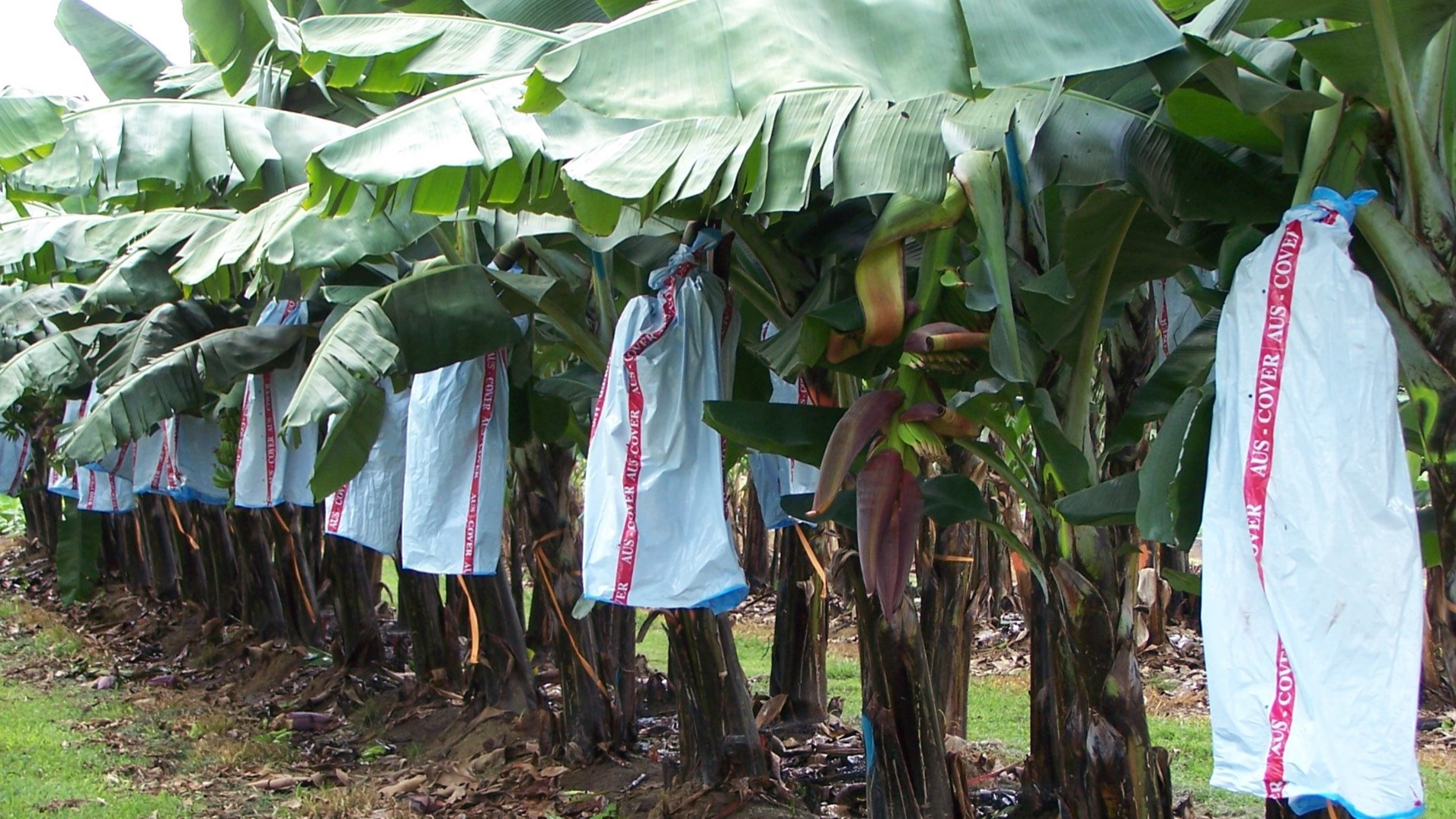
Rob Dwyer – IPF Tropical Systems Agronomist
Controlling volatilisation and retaining nitrogen can significantly impact banana production. IPF agronomist Rob Dwyer explains the key things for banana growers to consider in their fertiliser program.
There are many fertiliser and application options available in banana production systems. The products and how they are applied can vary throughout a single crop. In reef-regulated catchments, it is important all nitrogen fertiliser applications be applied to the crop row only.
An opportunity for an Enhanced Efficiency Fertiliser
When granular fertilisers such as urea, CO(NH2)2 or urea blends are being applied, Green Urea NV can be used to reduce volatilisation losses of nitrogen (N).
Volatilisation is the loss pathway associated with nitrogen converting to ammonia gas, NH3. Ammonia is volatile and rapidly lost from the soil, easily dissipating into the atmosphere where it is no longer available to the plant.
Often plants then don’t get an opportunity to use the ammonia that is formed. See diagram 1.
Green Urea NV belongs to the group of enhanced efficiency fertilisers called urease inhibitors. It works by keeping urea, as urea, for longer – yes, that’s right. This does sound counterintuitive, but that is exactly what happens.
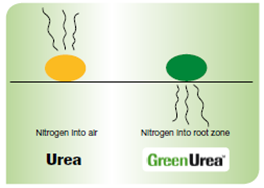
What is volatilisation?
When applying granular urea to the soil surface, it is not the urea that volatilises. Volatilisation actually occurs when the ammonium form of nitrogen, NH4+ is on, or close to, the soil surface and exposed to alkaline conditions (i.e. high pH of over 7, but more so pH 8 & 9).
This alkalinity does not come from the soil. Queensland banana soils are typically slightly acidic. The alkalinity comes from ‘urea hydrolysis’ or simply the process of dissolving urea. This ‘alkalinity creation’ is just a natural chemical property of urea.
Urea dissolves very easily. In the field urea hydrolysis occurs:
- any time the atmospheric humidity is over 70% (this is most of the time in Far North Queensland)
- when dews occur overnight
- with light drizzle and showery weather.
In these conditions, dissolved urea fails to incorporate properly and remains on or near the soil surface where it is exposed and in close proximity to the alkalinity associated with urea dissolving.
Effective incorporation occurs with rainfall, or irrigation, washing the urea and the ammonium into the soil to a sufficient depth that any ammonia created cannot escape through the soil and into the atmosphere. Effective incorporation is one key way to manage ammonia volatilisation. Green Urea provides a volatilisation protection mechanism when there is no timely control over effective incorporation. In a situation where a urea-based fertiliser has been surface applied, irrigation incorporation is not available and growers are waiting for rainfall to provide effective incorporation, Green Urea NV can provide greater protection against volatilisation than conventional untreated urea fertilisers.
How Green Urea NV works
Green Urea is an enhanced efficiency fertiliser known as a ‘urease inhibitor’. It works to block the natural activity urease has on urea. Stopping urease, will keep urea, as urea, for longer. Urea cannot volatilise. Only ammonium nitrogen, under alkaline conditions and without effective incorporation, can volatilise ammonia. See Diagram 2.

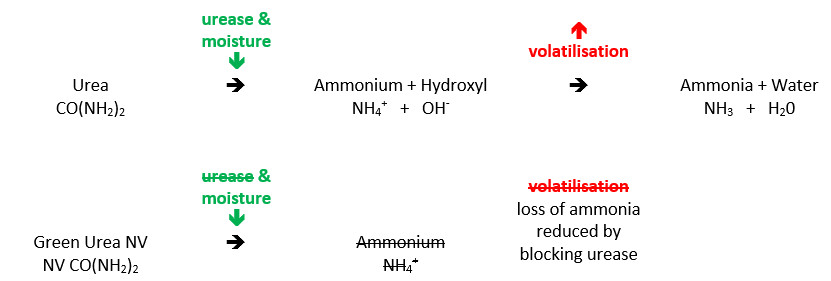
Even Green Urea NV itself requires effective incorporation with irrigation or rainfall after about 14 days. However, this timeframe is enough to limit the greatest risk of ammonia volatilisation. Conventional urea volatilisation events increase in the amount of ammonia produced daily over the first 3 to 5 days and then volatilisation continues, but at a tapering rate of loss per day.
Green Urea NV reduces the ammonia lost over those initial volatilisation spikes, but then continues to reduce ammonia loss for 14 days. Less volatilisation should equate to more of the applied nitrogen benefiting crop growth and yields. Less volatilisation equates to reduce off-site impacts. Less volatilisation also provides triple bottom line outcomes.
Emissions management considerations
Green urea has a role to play with emissions reduction as well. The primary ‘direct loss’ of nitrogen is nitrous oxide when denitrification occurs. The volatilisation of ammonia is considered an ‘indirect loss’ but must be managed also. This is due to the expectation that any ammonia loss will eventually return as nitrate nitrogen. The nitrate nitrogen then denitrifies into nitrous oxide. Green Urea NV provides an effective management and mitigation tool under emissions management. All businesses will eventually be accounting for, reporting and managing emissions over time.
Green Urea NV product options
Green Urea NV and Green Urea NV blends are available as range products. See Table 1. If these nutrient requirements do not match crop requirements or your specific situation, there is always the option to create an Incitec Pivot Fertilisers Custom Blend.
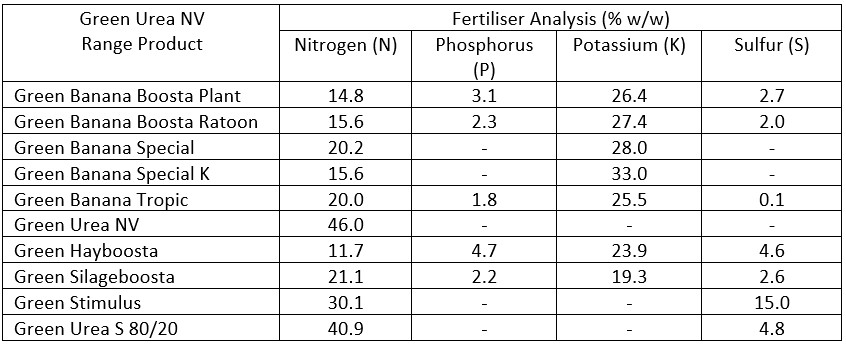
Summary
Green Urea NV and urease inhibitors have been proven to effectively manage ammonia volatilisation losses in Australia and internationally. Green Urea NV provides opportunity for Queensland banana production systems to reduce volatilisation and boost nitrogen use efficiency. Currently Green Urea NV advantage is less than $55 when compared to conventional untreated urea. This equates to less than 12 cents per kilogram of nitrogen treated. Green Urea NV has a role in emissions management and improving nitrogen use efficiency.
Further Information
For more information, please feel free to contact me on 0428 111 471 or email rob.dwyer@incitecpivot.com.au
References
Trenkel, M.E. (2010) Slow-and Controlled-Release and Stabilized Fertilizers: An Option for Enhancing Nutrient Use Efficiency in Agriculture. International Fertilizer Industry Association (IFA), Paris.
Resources
DOWNLOAD INSIGHTDISCLAIMER
This is a guide only, which we hope you find useful as a general tool. While IPF has taken all reasonable care in the preparation of this guide, it should not be relied on as a substitute for tailored professional advice and IPF accepts no liability in connection with this guide. Incitec Pivot Fertilisers manufactures and sources fertilisers from other suppliers. The fertiliser supply chain extends beyond the company’s direct control, both overseas and within Australia. Incitec Pivot Fertilisers hereby expressly disclaims liability to any person, property or thing in respect of any of the consequences of anything done or omitted to be done by any person in reliance, whether wholly or in part, upon the whole or any part of the contents of this article.
You might also be interested in these
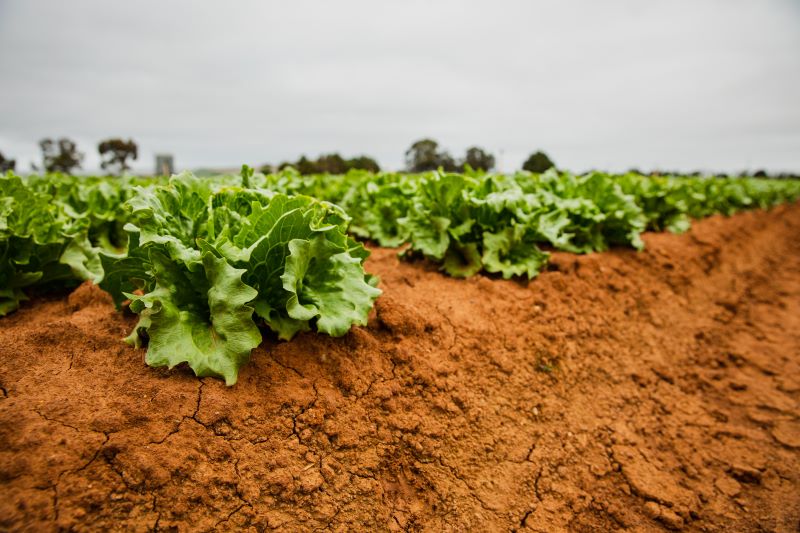
Horticulture, Pasture, Sugar
Squeezing the most from lime: Soil ‘buffer pH’ and correcting acid soils
July / 2023
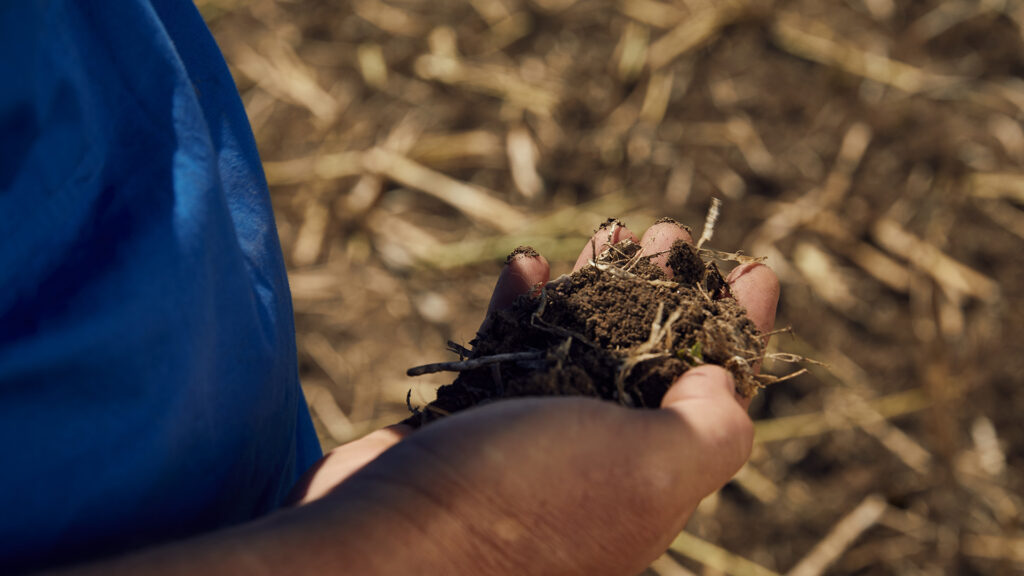
Horticulture, Pasture, Summer Crop
At risk of nitrogen volatilisation? Test your soil before choosing a fertiliser product when broadcasting
February / 2023
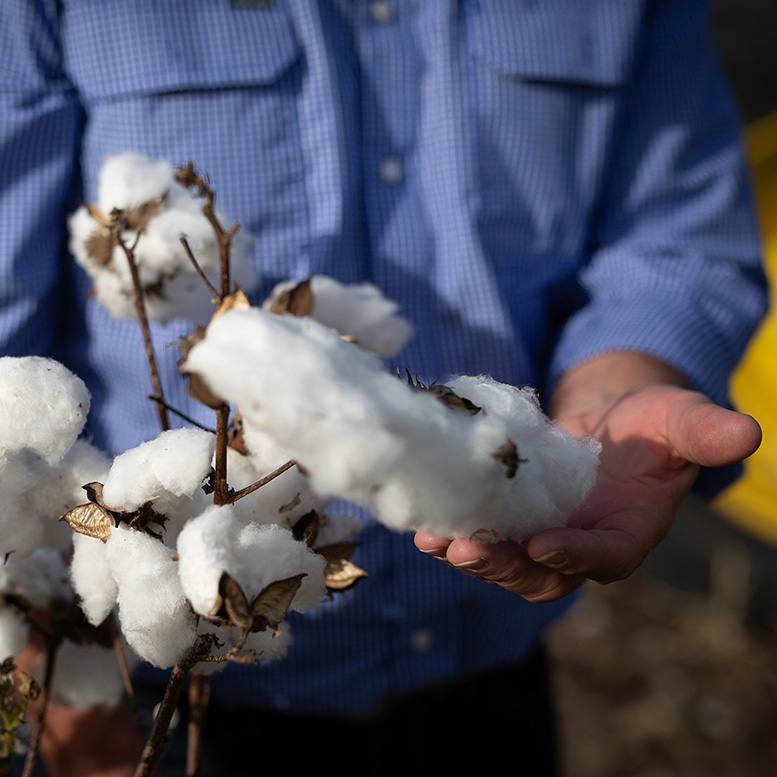
Summer Crop
Using N without losing N
April / 2024
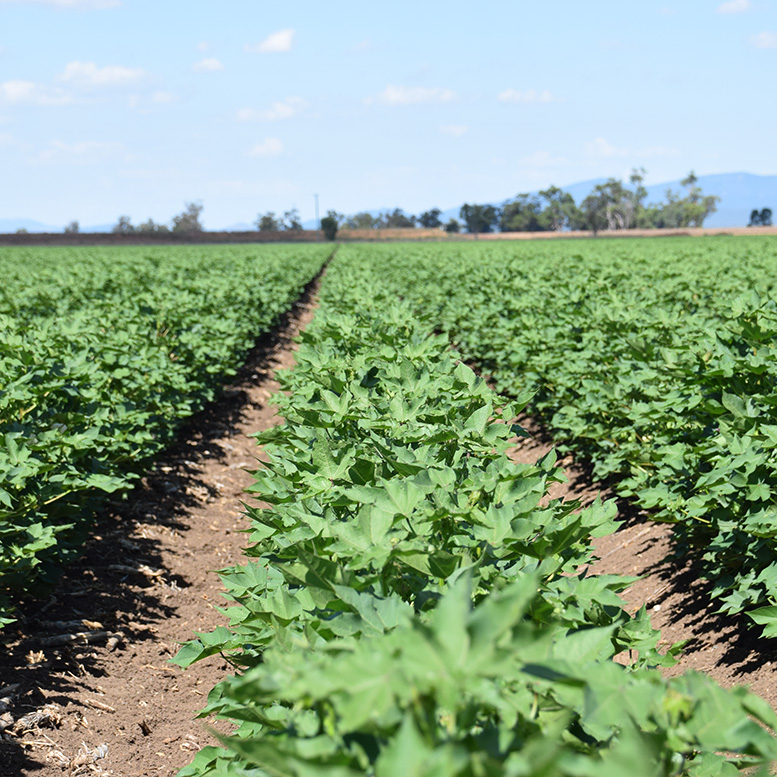
Summer Crop
Maximising Foliar K Uptake in Cotton
December / 2024

